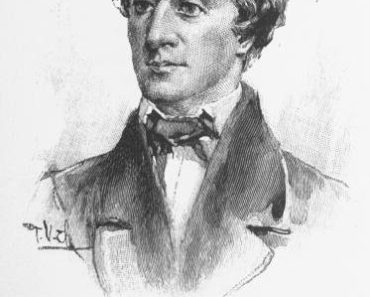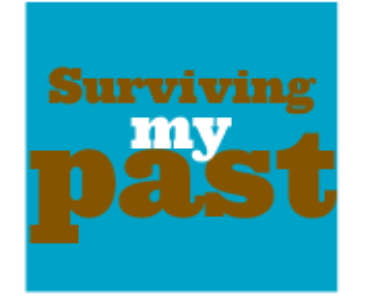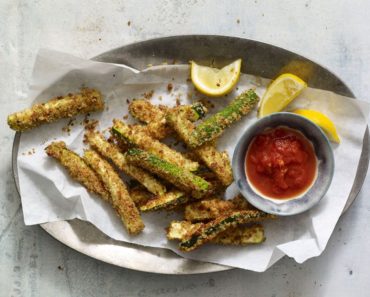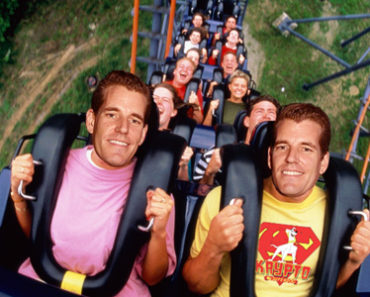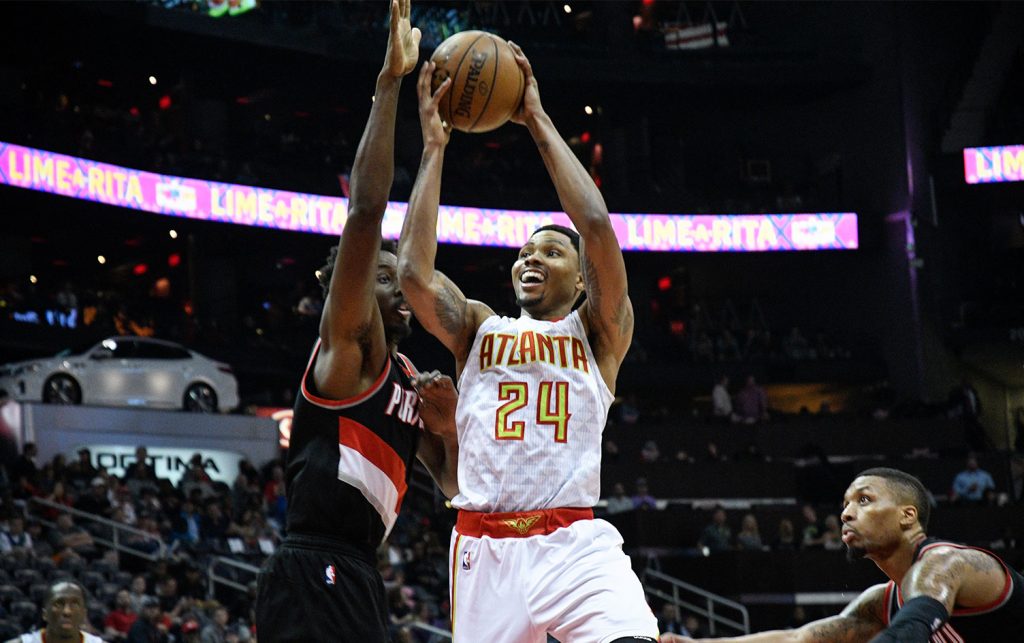
The NBA season is 82 games long, spread over eight months. Add a month of preseason, plus another month for the postseason (and half the league makes the playoffs), and you’ve got 10 grueling months for a body to endure. That doesn’t factor in the travel schedule, or the reality that, in the 21st century, players are literally million-dollar assets, risking their careers with every jump shot, hard foul and awkward landing.
It’s why we love to watch, and it’s why the players are some of the fittest, most inspiring athletes out there. We asked Kent Bazemore — who, over the past six seasons worked his way from an undrafted rookie to a key member of the Atlanta Hawks’ starting lineup — and former Los Angeles Lakers trainer Tim DiFrancesco how they do it. Here’s what they told us, in the form of six tips on how to train like an NBA player:
A post shared by Kent Bazemore (@24baze) on Sep 26, 2016 at 6:38am PDT
TIP #1: REMEMBER YOU’RE NOT AN NBA PLAYER
We mean this in two ways. First, you’re probably not built like an NBA player — that is to say, you’re probably not extra-tall with especially long limbs. That affects how you work out. As DiFrancesco points out, he’ll teach a player to do side planks with their legs bent, just to avoid putting excessive impact on their long-levered bodies. (For you, even if you’re not 6-foot-9, this can be a way to go easier on your body when recovering from an injury.)
Second, your lifestyle, while busy with work, family and relationships, it probably differs from that of the average NBA player. Consider that aforementioned travel schedule. “When you shut off the TV at 10:30 p.m. when the game is over, the players are hitting the showers and then getting on the plane to get to the next city,” DeFrancesco says. “So it’s another three-hour minimum before a player will even think about going to bed.” (And, as Bazemore points out, flying is dehydrating.) The next day, a player will likely be up by 8 a.m. for a shootaround or practice.
Rest when — and where — you can. “I’ll fall asleep on planes, on buses, it doesn’t matter to me,” Bazemore says, adding he’s a nap enthusiast on game day. “I love sleep. It’s very vital for me. When I get tired, I get grumpy. And I hate getting grumpy.”
READ MORE > ATTENTION RUNNERS: YOU HAVE THE RIGHT TO RECOVER
One other thing: Remember NBA players aren’t all alike — just like we’re not all alike. DiFrancesco creates custom programs for each player he trains, and Bazemore prefers to keep his body in shape with Pilates, rather than the yoga some of his teammates prefer. So, by all means, train like an NBA player, but remember that your training may vary.
A post shared by Kent Bazemore (@24baze) on Jul 23, 2015 at 6:57pm PDT
TIP #2: SET YOUR GOALS AND PLAN ACCORDINGLY
Simply put, every NBA player has the same goal: winning the NBA championship. So as soon as last season’s NBA Finals ended in June 2017, each player began training with an eye on the next Finals in June 2018. For Bazemore, that means devoting the offseason to building strength. “Deadlifts. Kettlebell goblet squats. More total body,” as he puts it. And then during the season, they’re careful not to push too hard, lest they use up valuable energy needed for the game itself. As Bazemore puts it, “I wouldn’t go and do 3 sets of 8 bench presses and 12 squats two days before a game if I feel like my legs are dead.”
For you, maybe the goal is running a half-marathon. Or winning the championship in your rec league. Or just beating your buddies in a round of golf. Whatever it is, make a plan to get your body into shape and maintain that shape once you’re there — including, yes, giving yourself permission to rest when your body demands it.
A post shared by Kent Bazemore (@24baze) on Jun 22, 2017 at 6:05pm PDT
TIP #3: START WITH AN ASSESSMENT, AND THEN CHECK IN
As you’d probably expect, each NBA team has state-of-the-art technology at its disposal. But sometimes, analog works best. On the Hawks, Bazemore fills out a survey every day where he rates his soreness and fatigue on a scale of 1–5. After practices, he rates how hard the practice was on a scale of 1–10. All of this is designed to adjudicate his overall wellness on a day-to-day basis. (DiFrancesco did something similar during his Lakers days.) These check-ins guide a player as he endures a game, a season and a career — and so he knows taking it easy during an early season workout helps ensure he’s fresh for the playoffs.
For you, such check-ins (in tandem with using a fitness tracking app like ours) can keep you on the right path and help you connect actions and consequences. (Bad workout? Maybe you didn’t eat or sleep well the night before.)
These check-ins can also reveal when you’re pushing yourself too hard. Bazemore advises, “Learn when to rest. Learn when enough is enough. We’re all competitors at the end of the day, we all want a little bit more, to squeeze a little bit more out. But you gotta learn when enough is enough, and get your mind ready to get back after it. You don’t want to burn yourself out.”
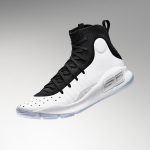 More traction, more comfort, more control. Introducing the new Curry 4, designed for the ultimate gamebreaker.
More traction, more comfort, more control. Introducing the new Curry 4, designed for the ultimate gamebreaker.
TIP #4: DO THESE WORKOUTS
So what does an NBA player do to get and stay in shape? We’ll turn it over to Mr. Bazemore: “Over the summer is where you put in a ton of leg work and have the longer weight-room sessions — an hour and a half, two hours sometimes. Building the foundation. Cardio. Maybe two workouts a day. Three workouts a day. Not really touching a basketball as much. Maybe some spot shooting, some ballhandling.
<blockquote class=”instagram-media” data-instgrm-version=”7″ style=” background:#FFF; border:0; border-radius:3px; box-shadow:0 0 1px 0 rgba(0,0,0,0.5),0 1px 10px 0 rgba(0,0,0,0.15); margin: 1px; max-width:658px; padding:0; width:99.375%; width:-webkit-calc(100% – 2px); width:calc(100% – 2px);”><div style=”padding:8px;”> <div style=” background:#F8F8F8; line-height:0; margin-top:40px; padding:50.0% 0; text-align:center; width:100%;”> <div style=” background:url(data:image/png;base64,iVBORw0KGgoAAAANSUhEUgAAACwAAAAsCAMAAAApWqozAAAABGdBTUEAALGPC/xhBQAAAAFzUkdCAK7OHOkAAAAMUExURczMzPf399fX1+bm5mzY9AMAAADiSURBVDjLvZXbEsMgCES5/P8/t9FuRVCRmU73JWlzosgSIIZURCjo/ad+EQJJB4Hv8BFt+IDpQoCx1wjOSBFhh2XssxEIYn3ulI/6MNReE07UIWJEv8UEOWDS88LY97kqyTliJKKtuYBbruAyVh5wOHiXmpi5we58Ek028czwyuQdLKPG1Bkb4NnM+VeAnfHqn1k4+GPT6uGQcvu2h2OVuIf/gWUFyy8OWEpdyZSa3aVCqpVoVvzZZ2VTnn2wU8qzVjDDetO90GSy9mVLqtgYSy231MxrY6I2gGqjrTY0L8fxCxfCBbhWrsYYAAAAAElFTkSuQmCC); display:block; height:44px; margin:0 auto -44px; position:relative; top:-22px; width:44px;”></div></div><p style=” color:#c9c8cd; font-family:Arial,sans-serif; font-size:14px; line-height:17px; margin-bottom:0; margin-top:8px; overflow:hidden; padding:8px 0 7px; text-align:center; text-overflow:ellipsis; white-space:nowrap;”><a href=”https://www.instagram.com/p/BWiCC70l6eS/” style=” color:#c9c8cd; font-family:Arial,sans-serif; font-size:14px; font-style:normal; font-weight:normal; line-height:17px; text-decoration:none;” target=”_blank”>A post shared by Kent Bazemore (@24baze)</a> on <time style=” font-family:Arial,sans-serif; font-size:14px; line-height:17px;” datetime=”2017-07-14T15:18:58+00:00″>Jul 14, 2017 at 8:18am PDT</time></p></div></blockquote> <script async defer src=”//platform.instagram.com/en_US/embeds.js”></script>A post shared by Kent Bazemore (@24baze) on Jul 14, 2017 at 8:18am PDT
“Then the season rolls around. You’re always about working on what works for you. For me, that’s mobility. I go to SculptHouse here in Atlanta, which is Pilates.”
For those of us who can’t afford the time or energy to work out this intensely, DiFrancesco puts it in a relatable context. “When you break the body down into its core building blocks — bones, ligaments, tendons, muscles — what you’re talking about is preparing those building blocks for an incredible pace and intensity of schedule. For a basketball player, what you need to think about is starting from the feet up.” In other words, lifting weights might help you grow big muscles, but if the underlying structure isn’t strong, you’re not going to be able to endure a long season — whether you’re in the NBA or training for a marathon.
For an NBA player, this approach means working on the mobility of the lower legs and doing anything that keeps the hips strong and mobile as well as keeping the core strong. Bazemore mentions his love of planks and side planks, which can impact the entire body. Both men mention goblet squats, which are basically a deep squat executed while holding a kettlebell. Both mention deadlifts (with DiFrancesco pointing out that quality of execution is more important than lifting a lot of weight). DiFrancesco also mentioned landmine exercises, which combine weightlifting with mobility and, for a long-levered NBA player, means reducing the impact of deep squats during weightlifting. (Lowering your body when you have long legs is harder than it is for the rest of us.)
A post shared by Kent Bazemore (@24baze) on Jun 25, 2017 at 9:42pm PDT
TIP #5: AIM TO RECOVER AND SLEEP LIKE AN NBA PLAYER, TOO (TOYS CAN HELP)
“I’m a very active person,” says Bazemore, referring to his off-court life. “I love doing things. Golf. Basketball. Walking the puppies. There was a time I was on my feet too much, and I was just so tired [all the time]. I try to shut down my night at 8:30 p.m. now, get in bed, try to get a good night’s sleep.” He knows it’s not easy, but emphasizes finding something to focus on. “It sucks sometimes, but I find things to do. I read. I let go with an old childhood toy of mine: Legos.”
“I love sleep. It’s very vital for me. When I get tired, I get grumpy. And I hate getting grumpy.”
Bazemore has another trick up his sleeve: Tom Brady’s line of Athlete Recovery Sleepwear for Under Armour. “I got it all, so I’ve definitely bought into Tom Brady’s movement. To be as good as he is, to play at his level, any athlete that does it that well, you gotta take note.” Thanks for noticing, Kent.
A post shared by Kent Bazemore (@24baze) on Oct 17, 2017 at 2:58pm PDT
TIP #6: HAVE SOME FUN
Here’s an understatement: Professional basketball players play a lot of basketball. To stay fit, many turn to another form of physical activity, including other sports. For Bazemore, hitting the links leaves him feeling energized — physically and mentally. “Golf challenges my perspective. It keeps me sharp, it’s not as impactful on the body [as basketball]. Nothing like hitting a good golf shot — it raises every aspect of your life. You come home to your wife with a big smile on your face.”
Speaking of, Bazemore has another way of unwinding. It’s his famous Baze Gaze — in which Bazemore videobombs his teammates’ postgame interviews by sneaking up on them and staring into the camera. Is it the end result of vigorous training? Yes and no. “It’s all about timing and the element of surprise,” Bazemore says. “It’s definitely instinctive. You gotta feel your way.” In other words, it’s about that moment where preparation meets opportunity. Which, in a way, is what training is all about.
GEAR UP FOR YOUR NEXT PICK-UP GAME
> Men’s Basketball Gear
> Women’s Basketball Gear
> Boys’ Basketball Gear
> Girls’ Basketball Gear
> All Basketball Shoes
The post Train Like an NBA Player — With Tips from the Atlanta Hawks’ Kent Bazemore appeared first on Under Armour.
(via MyFitnessPal Blog)

